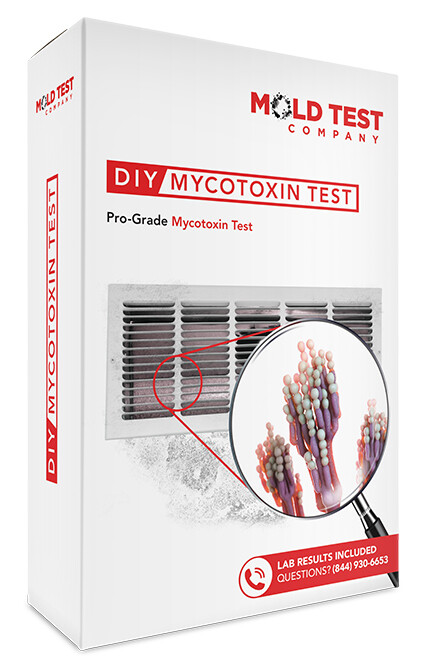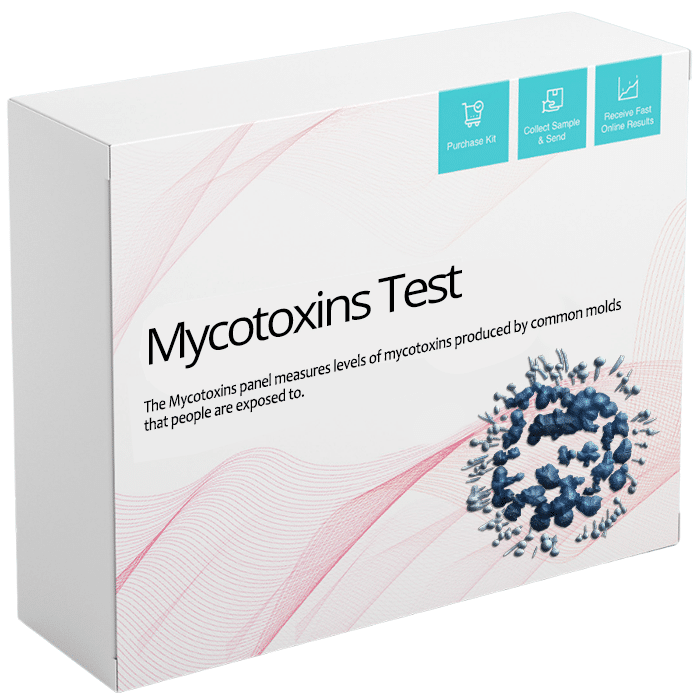The Requirement of Mycotoxin Checking in Agricultural Products to Make Sure Customer Security
The necessity of mycotoxin testing in farming items is an important aspect of public wellness and safety that calls for thorough assessment. Mycotoxins, poisonous compounds generated by certain fungis, can infiltrate different plants, leading to considerable wellness threats for consumers, such as cancer causing impacts and body organ damage.
Understanding Mycotoxins
Mycotoxins, poisonous second metabolites produced by certain fungis, present a considerable danger to agricultural products and human health and wellness. These compounds are produced by numerous types of mold and mildews, such as Aspergillus, Fusarium, and Penicillium, which can infect plants both pre- and post-harvest - Mycotoxin testing Services. One of the most usual mycotoxins consist of aflatoxins, ochratoxin A, fumonisins, zearalenone, and deoxynivalenol (DON)
Mycotoxin contamination can take place under details ecological problems, such as high humidity and temperature, which favor the growth of mold. Agricultural items like grains, nuts, flavors, dried out fruits, and coffee are especially at risk. The existence of mycotoxins in these assets can cause substantial financial losses as a result of lowered plant yields and the requirement for rigorous testing and purification procedures.
Understanding the biochemical nature and development of mycotoxins is vital for developing efficient mitigation techniques. Study has actually shown that mycotoxins exhibit a series of chemical structures and buildings, making detection and elimination difficult. Advanced analytical strategies, including chromatography and mass spectrometry, are utilized to identify and evaluate mycotoxins in agricultural items, ensuring that contamination degrees stay within risk-free limits established by regulatory bodies.
Health Threats of Mycotoxins
Offered the substantial threats related to mycotoxins in farming products, comprehending their effect on health and wellness is extremely important. Mycotoxins, poisonous additional metabolites created by fungi, posture severe threats to both human and animal wellness. Persistent exposure, even at low degrees, can bring about a variety of unfavorable health results, including immunosuppression, teratogenicity, and carcinogenicity. Aflatoxins, among the most well-known mycotoxins, are classified as Group 1 carcinogens by the International Company for Research Study on Cancer Cells (IARC), mainly impacting the liver and raising the risk of hepatocellular carcinoma.
Acute mycotoxin poisoning, although less usual, can create extreme and immediate illness such as liver damages, intestinal disturbances, and hemorrhaging. Ochratoxin A, one more potent mycotoxin, is linked to kidney damage and has potential carcinogenic results. Meanwhile, fumonisins, mainly impacting maize, are connected with esophageal cancer cells and neural tube issues.

Typical Sources of Contamination
Recognizing the typical resources of contamination is vital for successfully managing and alleviating the dangers presented by mycotoxins. Mycotoxins are poisonous second metabolites generated by particular types of you could try here fungi, which can pollute farming items at numerous phases of manufacturing, storage space, and processing. The primary resources of contamination include field conditions, post-harvest handling, and storage atmospheres.
Area conditions play a considerable function, with factors like weather condition, plant sensitivity, and dirt health influencing fungal growth. Crops such as corn, peanuts, wheat, and tree nuts are especially vulnerable to mycotoxin-producing fungi like Aspergillus, Fusarium, and Penicillium species. Insufficient plant turning and poor pest management can exacerbate the risk of contamination.
Post-harvest handling is an additional critical point where contamination can occur. Mechanical damages during harvesting and transport creates access factors for fungis, while incorrect drying methods can leave moisture levels high enough to sustain fungal growth.
Storage atmospheres contribute substantially to contamination risks. Improperly kept storage facilities with high moisture and temperature level degrees create excellent conditions for mycotoxin manufacturing. Routine evaluations and proper storage space conditions are important in suppressing this danger.
Mycotoxin Testing Techniques
Effective monitoring of mycotoxin contamination hinges not just on acknowledging potential resources however also on implementing robust screening approaches to spot these unsafe substances. Mycotoxin screening methods can be broadly categorized into immunochemical and go to my site chromatographic techniques. High-performance liquid chromatography (HPLC) and gas chromatography-mass spectrometry (GC-MS) represent sophisticated chromatographic approaches recognized for their high sensitivity and precision. These techniques are proficient at measuring multiple mycotoxins in complicated matrices, making them important for detailed analysis.
On the various other hand, enzyme-linked immunosorbent assay (ELISA) and lateral flow assays project immunochemical approaches. ELISA, particularly, is widely utilized due to its cost-effectiveness, convenience of usage, and fast turn-around time. Side flow assays offer quick, on-site screening capabilities, making them appropriate for area applications where instant decisions are necessary.
In addition, innovations in molecular biology have actually introduced PCR-based techniques capable of discovering mycotoxin-producing fungi at genetic degrees, providing an anticipating approach to contamination risk. Integrating these diverse methods improves the integrity and comprehensiveness of mycotoxin detection, making certain that agricultural items satisfy safety and security criteria and shielding customers from prospective health risks.
Advantages of Routine Evaluating

Regular mycotoxin testing uses significant benefits that dramatically bolster agricultural security and high quality. Mycotoxins, toxic compounds created by particular fungis, can contaminate food and present significant wellness dangers, including cancer and acute poisoning.
Furthermore, constant testing assists in keeping the honesty and online reputation of farming producers. By rigorously checking and regulating mycotoxin levels, manufacturers can stay clear of lawful effects and expensive recalls. This not just makes sure compliance with rigid worldwide security requirements but likewise fosters consumer trust and commitment.

Conclusion
The requirement of mycotoxin testing in farming items is underscored by the considerable health and wellness dangers posed by these poisonous substances. Ensuring consumer safety requires the recognition and removal of contaminated products from the supply chain. Regular testing not only reduces the danger of severe poisoning and persistent health and wellness problems but also sustains conformity with safety and security criteria. Additionally, it boosts the online reputation of manufacturers and cultivates trust fund within the farming supply chain, eventually securing public health and wellness.
The requirement of mycotoxin testing in farming items is a crucial aspect of public health and safety that warrants detailed assessment. Mycotoxins, harmful substances created by certain fungis, can infiltrate numerous crops, leading click here for more to significant wellness risks for customers, such as carcinogenic results and organ damages.Mycotoxins, harmful second metabolites produced by particular fungi, offer a considerable threat to agricultural items and human health and wellness.Offered the considerable threats connected with mycotoxins in farming products, recognizing their impact on health is paramount (Mycotoxin testing Services).The need of mycotoxin screening in agricultural products is emphasized by the significant health threats positioned by these toxic substances